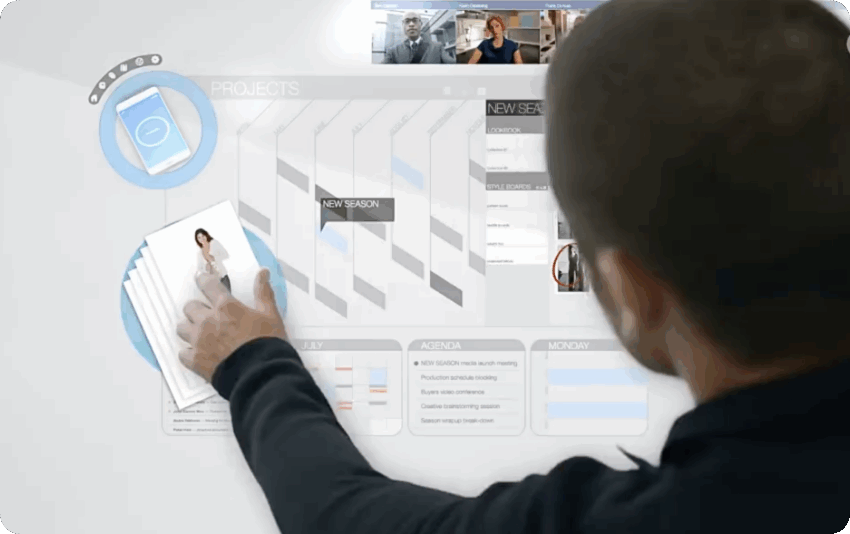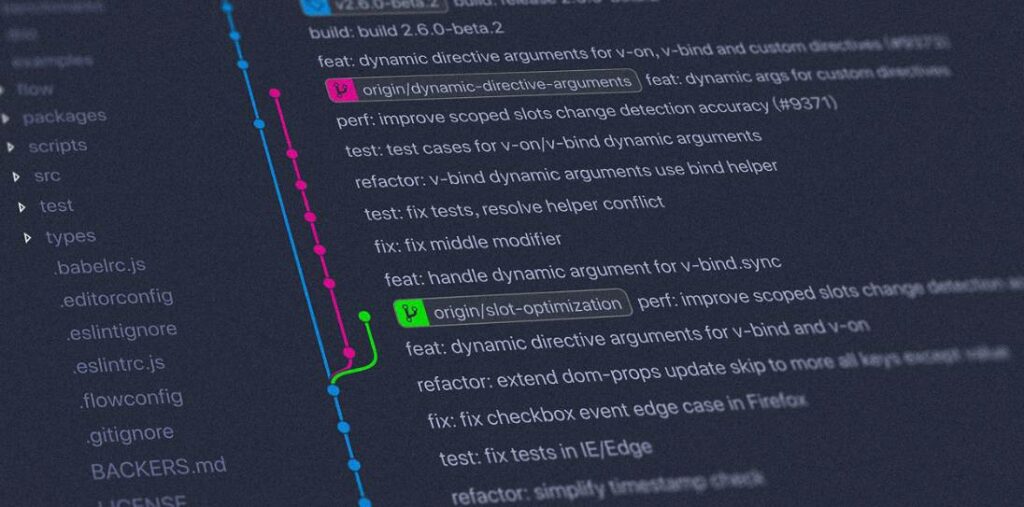In an ever-evolving digital landscape, businesses are continuously seeking ways to enhance their operational efficiency, minimize human errors, and remain competitive. One of the most transformative developments in recent years has been the rise of AI-driven software automation. This technology has revolutionized how organizations manage their workflows, offering solutions that cater to the complexities of modern business needs. As companies strive to streamline processes and integrate systems, AI-driven API integrations have emerged as a critical tool in achieving these objectives. This article delves into the trends, applications, and insights surrounding AI-driven software automation and its implications for businesses today.
.
**The Rise of AI-Driven Software Automation**
The concept of software automation isn’t new; however, the infusion of artificial intelligence into automation processes has redefined its potential. Traditional automation involved specific rules that dictated what tasks a software program could execute. In contrast, AI-driven automation leverages machine learning algorithms and data analytics to learn from data patterns, predict outcomes, and make intelligent decisions with minimal human intervention.
Recent studies indicate that businesses adopting AI-driven automation can expect productivity gains of up to 30% over a three-year period (Mckinsey & Company, 2021). These technology advancements enable organizations to automate repetitive tasks, allowing employees to focus on more strategic endeavors.
.
**Understanding AI-Driven API Integrations**
As businesses adopt various applications and systems to streamline operations, the need for effective API (Application Programming Interface) integrations has become paramount. AI-driven API integrations allow disparate systems to communicate and share data seamlessly, ensuring that the right information flows to the right processes at the right time.
For instance, companies can utilize AI-powered API management tools to collect and analyze data from various sources, thereby automating data-driven decision-making processes. By employing AI algorithms, these integrations can identify potential bottlenecks, improve workflow efficiency, and optimize resource allocation.
A recent report from Gartner emphasizes that organizations integrating AI with APIs can achieve a more agile business model, enabling faster innovation cycles and enhanced responsiveness to market changes (Gartner, 2022). This agility is vital in today’s fast-paced business environment.
.
**The Role of Automation in Business Workflows**
Automation has always played a crucial role in improving business workflows, but AI-driven automation takes it to another level. Business workflows encompass the series of tasks and processes that organizations undertake to achieve goals. Efficient workflow management minimizes confusion, reduces delays, and ensures that tasks are executed consistently and accurately.
AI-driven software automation enables businesses to analyze workflows in real-time, identify inefficiencies, and suggest improvements based on historical data. For example, an automated customer service system can interpret customer inquiries, access relevant information, and respond through chatbots or voice assistants, significantly speeding up response times and enhancing customer satisfaction.
According to a report by Forrester, companies that leverage AI-driven automation in customer service workflows experience a 25% increase in customer satisfaction rates and a 20% reduction in operational costs (Forrester, 2023). This demonstrates how AI’s predictive capabilities can improve interactions and enhance overall customer experiences.
.
**Trends Driving AI-Driven Software Automation**
Several trends are driving the adoption of AI-driven software automation across industries:
1. **Increased Data Volume**: The exponential growth of data generated by businesses necessitates automated systems that can analyze and interpret this information swiftly. AI-driven solutions can extract actionable insights, paving the way for informed decision-making.
2. **Remote Workforce Transformation**: The shift toward remote work has accelerated the need for automated systems that facilitate collaboration and keep teams connected. Companies are investing in AI-based tools that enable real-time communication and project management without extensive manual efforts.
3. **Cost Efficiency**: Businesses are continuously looking for ways to save on operational costs. AI-driven automation enables organizations to reduce labor costs associated with repetitive tasks while improving accuracy and decreasing the turnaround time for business processes.
4. **Improved Integration**: With the growing number of applications utilized by organizations, seamless integrations are essential. AI-driven API integrations solve compatibility issues, ensuring that applications work together efficiently to streamline operations.
5. **Focus on Customer Experience**: Delivering exceptional customer experiences is crucial for retention and loyalty. AI-driven automation allows for personalized customer interactions, predictive analytics, and timely responses, enhancing overall customer engagement.
.
**Industry Applications of AI-Driven Software Automation**
AI-driven software automation finds applications across diverse industries, each benefiting uniquely from this technology:
### 1. **E-commerce and Retail**
AI-driven automation streamlines inventory management, order processing, and customer service in e-commerce. Chatbots provide instant support, while machine learning algorithms analyze shopping behavior to recommend products tailored to individual customers. Companies like Amazon leverage AI to optimize their supply chains, forecast demand accurately, and enhance warehouse efficiencies.
### 2. **Healthcare**
In the healthcare sector, AI-driven automation assists in patient care management, appointment scheduling, and claim processing. For instance, healthcare providers have employed AI algorithms to analyze patient records, predict potential health risks, and recommend preventive measures, improving patient outcomes while maintaining operational efficiency.
### 3. **Finance and Banking**
AI-driven automation is revolutionizing the financial services industry by improving customer service, fraud detection, and regulatory compliance. RPA (Robotic Process Automation) combined with AI enables banks to process transactions more rapidly and handle customer inquiries more efficiently, enhancing overall service quality.
### 4. **Manufacturing**
In manufacturing, AI-driven automation optimizes production lines, predictive maintenance, and inventory control. By employing IoT sensors and machine learning, factories can foresee equipment failures before they occur, dramatically reducing downtime and maintenance costs.
### 5. **Human Resources**
In HR, AI-driven automation streamlines recruitment, onboarding, and employee management processes. AI algorithms sift through resumes to identify the best candidates, automating tedious administrative tasks and allowing HR professionals to focus on strategic initiatives.
.
**Technical Insights into Implementing AI-Driven Automation**
Implementing AI-driven software automation requires a structured approach to maximize effectiveness:
1. **Assess Current Workflows**: Before adopting automation, organizations must evaluate existing workflows to identify inefficient processes that require improvement or automation.
2. **Choose the Right Tools**: Selecting the appropriate AI-driven automation tools or platforms is crucial. Factors to consider include ease of integration, scalability, and user-friendliness.
3. **Training and Upskilling**: Businesses should prioritize training employees to ensure they understand how to leverage AI-driven tools effectively. This helps mitigate resistance to change and enables teams to maximize automation benefits.
4. **Monitor and Iterate**: Collecting performance data is critical for assessing the functionality of AI-driven automation solutions. Using feedback and analytics, organizations can continuously refine processes for better outcomes.
.
**Conclusion: A Future Powered by AI-Driven Software Automation**
The integration of AI-driven software automation into business workflows has become not just a luxury but a necessity in today’s demanding marketplace. By automating repetitive tasks and leveraging intelligent API integrations, organizations can achieve heightened operational efficiency, cost savings, and improved customer satisfaction. The ongoing trends indicate a brighter future powered by AI, where businesses can focus on strategic growth and innovation rather than getting bogged down by mundane tasks.
As companies continue to embrace this technological evolution, those that invest in AI-driven solutions will find themselves at a significant competitive advantage—prepared to face the challenges of tomorrow with confidence and agility.
**Sources:**
– Mckinsey & Company (2021). “The State of AI in 2021.”
– Gartner (2022). “Embracing APIs: Future Trends in Technology.”
– Forrester (2023). “The Impact of AI on Customer Service Efficiencies.”
**End of Article**




























